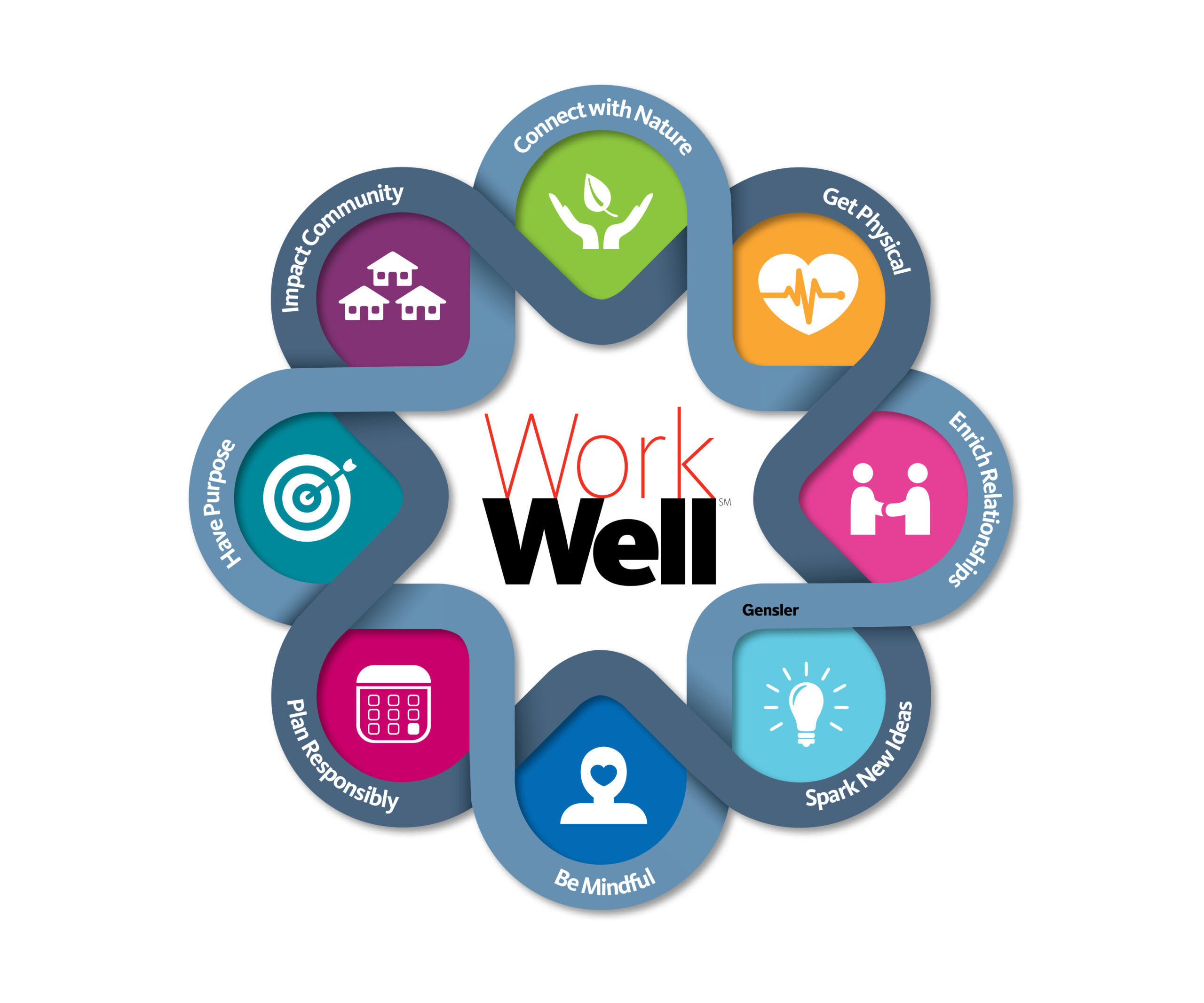Workplace wellness strategies, In today’s fast-paced and competitive work environment, employee well-being has become a crucial aspect for organizations. The recognition of the importance of workplace wellness has grown significantly over the years. A healthy and happy workforce not only leads to increased productivity but also reduces absenteeism, lowers healthcare costs, and improves employee retention. Workplace wellness refers to the initiatives and strategies implemented by organizations to promote the physical, mental, and emotional well-being of their employees. It encompasses a wide range of programs, policies, and activities designed to create a supportive and healthy work environment.
Creating a Culture of Wellness
A. Promoting a Positive Work Environment
Encouraging Open Communication and Collaboration:
To cultivate a culture of wellness, organizations should foster an atmosphere of open communication and collaboration. This includes creating platforms for employees to share their ideas, concerns, and feedback. By promoting transparent and effective communication channels, organizations can ensure that employees feel heard, valued, and supported.
Recognizing and Appreciating Employee Contributions:
Acknowledging and appreciating the contributions of employees is essential for fostering a positive work environment. Recognizing their efforts, achievements, and milestones can boost morale and motivation. This can be done through various means, such as employee recognition programs, regular feedback sessions.
B. Fostering Work-Life Balance
Offering Flexible Work Arrangements:
Flexible work arrangements, such as flexible working hours, remote work options, or compressed workweeks, can significantly contribute to work-life balance. These arrangements allow employees to have more control over their schedules and accommodate personal commitments.
Encouraging Employees to Take Breaks and Vacations:
Encouraging employees to take regular breaks and vacations is crucial for preventing burnout and promoting overall well-being. Organizations can establish policies that encourage employees to utilize their vacation time fully. Managers can lead by example, taking time off and actively encouraging their team members to do the same.
Physical Health Initiatives
A. Promoting Regular Exercise
Providing On-Site Fitness Facilities or Gym Memberships:
Creating an on-site fitness center or offering subsidized gym memberships can motivate employees to engage in regular exercise. Having convenient access to exercise facilities encourages employees to incorporate physical activity into their daily routines, leading to improved fitness levels, reduced stress, and increased overall well-being.
Organizing Team Sports or Exercise Classes:
Team sports or exercise classes not only promote physical fitness but also foster team building and camaraderie among employees. Organizations can arrange regular sports activities or exercise classes during or after working hours to encourage participation and create a sense of community.
B. Offering Healthy Food Options
Implementing Nutritious Snacks in the Office:
Providing healthy snack options in the workplace can contribute to employee wellness. Organizations can stock their pantries and break rooms with nutritious snacks like fresh fruits, vegetables, nuts, and whole-grain snacks. This helps employees make healthier choices throughout the day, promoting better overall nutrition and energy levels.
Providing Access to Healthy Meals or Meal Prep Services:
Offering access to healthy meals or meal prep services can support employees in maintaining a balanced diet. This can be done by partnering with local healthy food vendors, organizing healthy food delivery options, or providing in-house meal prep facilities. By making healthy eating more convenient and accessible.
Mental Health Support
A. Employee Assistance Programs
Offering Counseling or Therapy Services:
Employee assistance programs (EAPs) provide confidential counseling or therapy services to employees who may be dealing with personal or work-related challenges. EAPs can address a wide range of issues, including stress, anxiety, depression, and work-life balance.
Providing Resources for Stress Management and Mental Health Education:
Organizations can offer resources, such as online courses, webinars, or workshops, that focus on stress management and mental health education. These resources can provide employees with practical tools and strategies to cope with stress, enhance resilience, and promote positive mental health.
Workstation Ergonomics
A. Providing Ergonomic Equipment
Ergonomic Chairs and Adjustable Desks:
One of the key aspects of promoting workplace wellness is ensuring that employees have ergonomic furniture that supports their comfort and posture. Ergonomic chairs with adjustable features such as lumbar support, armrests, and height adjustments can help employees maintain proper body alignment.
Wrist Supports and Keyboard Trays:
Another important consideration for workstation ergonomics is providing accessories like wrist supports and keyboard trays. Wrist supports help maintain neutral wrist positions, reducing the risk of repetitive strain injuries such as carpal tunnel syndrome.
Employee Wellness Challenges and Incentives
A. Implementing Wellness Challenges
Step Challenges or Fitness Competitions:
Wellness challenges that involve physical activity, such as step challenges or fitness competitions, can motivate employees to incorporate more movement into their daily routines. By tracking steps or encouraging exercise goals, organizations create a culture of physical fitness and provide opportunities for employees to stay active and improve their overall well-being.
Healthy Eating Challenges or Weight Loss Programs:
Encouraging healthy eating habits can be achieved through wellness challenges that focus on nutrition. This can involve initiatives like healthy eating challenges or weight loss programs, where employees are provided with guidance, resources, and support to make healthier food choices.
Remote Work Wellness Strategies
A. Promoting Work-Life Balance in a Remote Setting
Encouraging Designated Workspaces and Boundaries:
Remote work can blur the boundaries between work and personal life, leading to potential burnout and decreased well-being. Organizations can promote work-life balance by encouraging employees to create designated workspaces within their homes, separate from their living areas.
Providing Tips for Disconnecting and Avoiding Burnout:
Remote work can sometimes make it challenging to disconnect from work and recharge. Organizations can provide resources and tips on how to manage remote work-related stress, avoid burnout, and maintain boundaries. This can include suggestions such as establishing regular breaks.
Evaluating and Improving Workplace Wellness Programs
A. Collecting Feedback from Employees
Employee Surveys or Focus Groups:
To assess the effectiveness of workplace wellness programs, organizations can gather feedback from employees through surveys or focus groups. These feedback mechanisms provide insights into employees’ satisfaction levels, program participation, and suggestions for improvement.
Suggestions for Improvement and Areas of Concern:
Employee feedback should be carefully analyzed to identify areas where the workplace wellness programs can be improved. Employees may offer valuable suggestions or highlight specific concerns that can be addressed to enhance the overall effectiveness of the programs.
B. Monitoring Program Effectiveness
Tracking Participation Rates and Employee Satisfaction:
Monitoring participation rates in wellness programs provides valuable data on employee engagement and interest levels. Additionally, measuring employee satisfaction through surveys or feedback channels helps assess the overall impact and effectiveness of the programs.
Analyzing Health Metrics and Productivity Levels:
Workplace wellness programs should aim to improve employee health outcomes and productivity. By analyzing health metrics such as biometric data, absenteeism rates, or healthcare claims, organizations can evaluate the impact of their wellness initiatives on employees’ physical well-being.
Conclusion
Workplace wellness strategies play a vital role in creating a healthy, productive, and supportive work environment. By prioritizing workstation ergonomics, organizations can enhance employee comfort, reduce the risk of musculoskeletal issues, and promote overall well-being. Additionally, implementing employee wellness challenges and incentives can motivate employees to adopt healthier lifestyles, while remote work wellness strategies ensure that remote employees are adequately supported. Evaluating and improving workplace wellness programs based on employee feedback and program effectiveness is crucial for ongoing enhancement and success. more details




